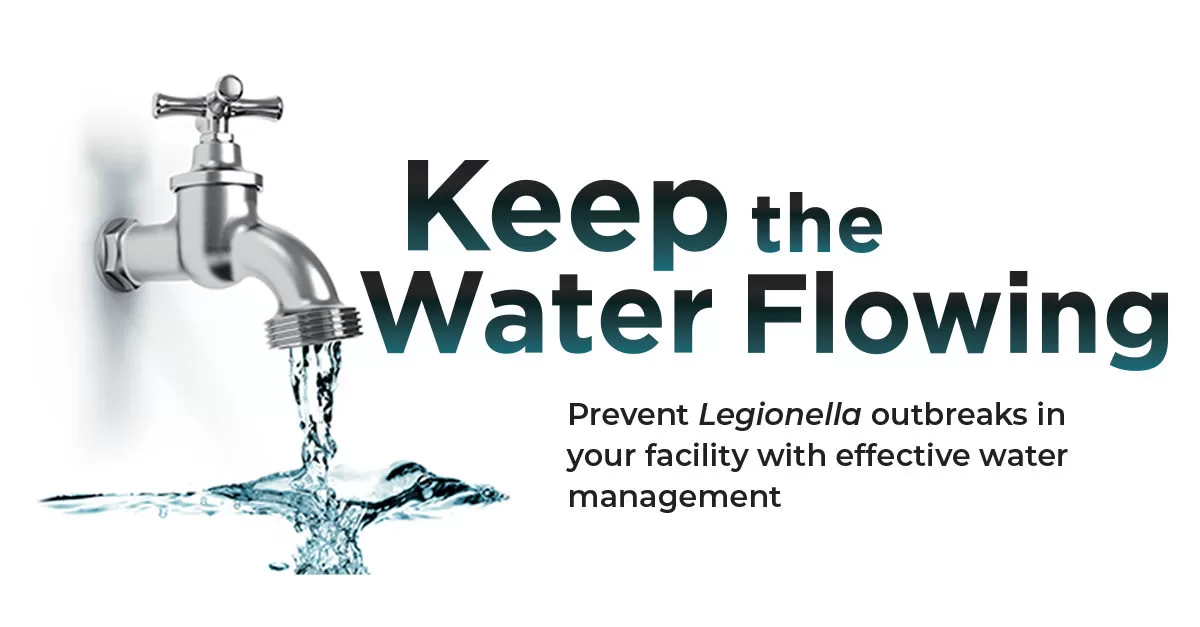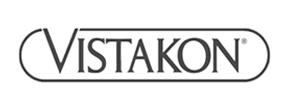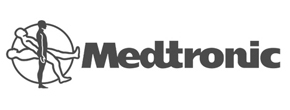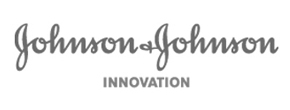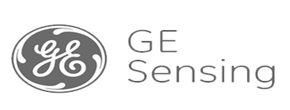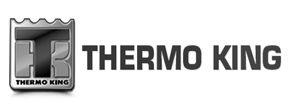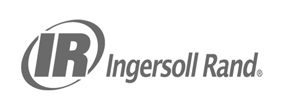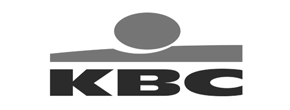Managing Legionella in commercial buildings is crucial for ensuring the health and safety of occupants. Legionella is a bacterium that can cause Legionnaires’ disease, a severe form of pneumonia, and Pontiac fever, a milder illness with flu-like symptoms. Here’s how Legionella is typically managed in commercial buildings:
- Risk Assessment: The first step in managing Legionella is to conduct a risk assessment of the building’s water systems. This assessment identifies potential sources of Legionella growth and transmission, such as cooling towers, hot water systems, decorative fountains, and whirlpool spas.
- Water Temperature Control: Legionella bacteria thrive in warm water temperatures between 20°C and 45°C . Therefore, one of the primary control measures is to maintain hot water systems above 60°C and cold water systems below 20°C to prevent bacterial growth.
- Regular Monitoring and Testing: Regular monitoring and testing of water systems for Legionella contamination are essential. This may involve sampling water from various points in the building’s plumbing system and conducting microbiological analysis to detect the presence of Legionella bacteria.
- Water Treatment: Depending on the results of the risk assessment and water testing, water treatment measures may be implemented to control Legionella growth. This can include the use of biocides, such as chlorine or chlorine dioxide, to disinfect water systems and eliminate bacteria.
- Cleaning and Maintenance: Proper cleaning and maintenance of water systems are essential for preventing the buildup of biofilm, which can provide a habitat for Legionella bacteria. Regular flushing of stagnant water, cleaning of cooling towers, and descaling of plumbing fixtures can help mitigate the risk of Legionella contamination.
- Record Keeping and Documentation: It’s important for building owners and managers to maintain accurate records of Legionella management activities, including risk assessments, monitoring results, water treatment measures, and maintenance schedules. This documentation demonstrates compliance with regulatory requirements and serves as a reference for future inspections.
- Staff Training and Awareness: Training building maintenance staff and occupants about Legionella awareness and prevention measures is crucial. Staff should be educated on the risks associated with Legionella, the importance of proper water management practices, and the procedures for responding to suspected cases of Legionnaires’ disease.
By implementing a comprehensive Legionella management plan that includes these measures, commercial buildings can effectively minimize the risk of Legionella contamination and ensure a safe and healthy environment for occupants. Talk to us today if you have any queries or are concerend if your company is compliant.

